
Class Definition Generator - Image-to-Code Conversion
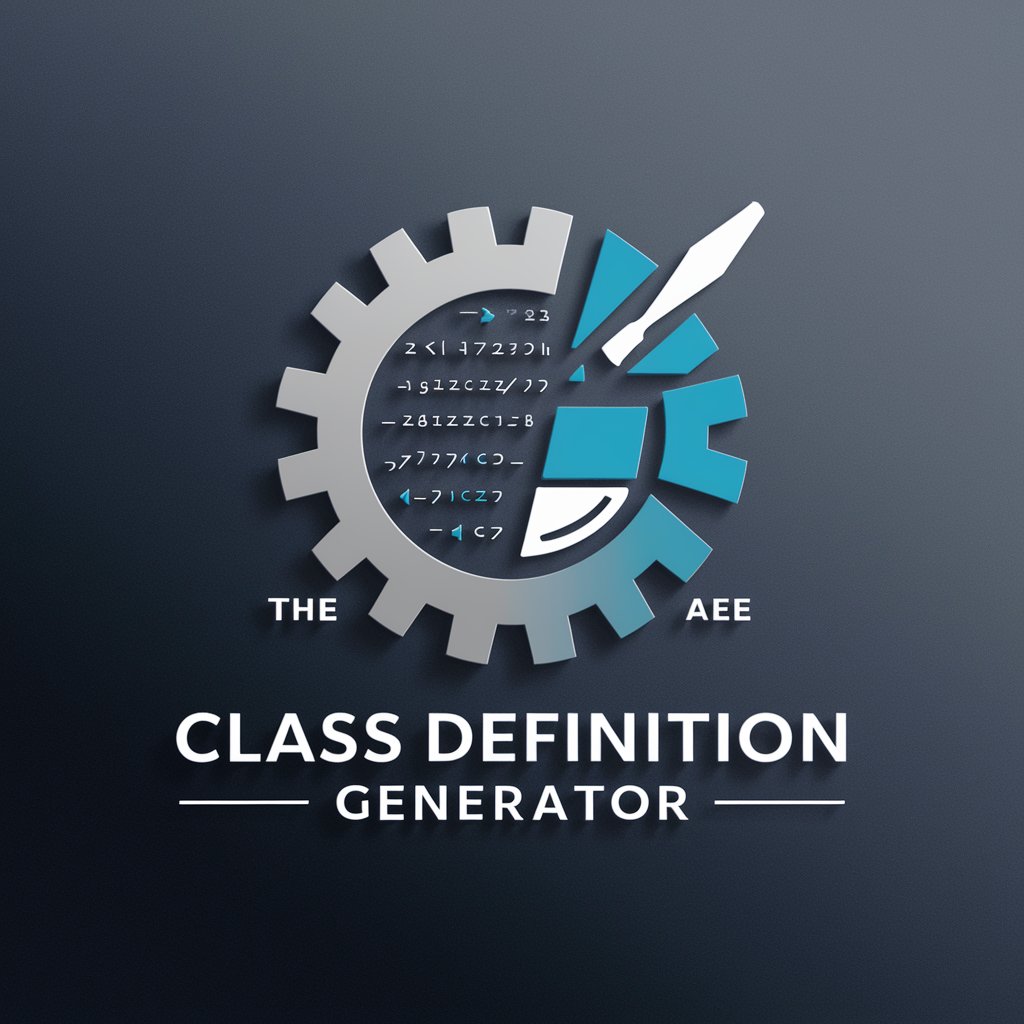
Welcome! Let's transform images into creative, detailed code and data.
Transform Images into Code, Seamlessly
Create a Python class for a...
Generate a JSON data file with properties of...
Design a table outlining the functions of...
Develop a detailed class definition for...
Get Embed Code
Introduction to Class Definition Generator
The Class Definition Generator is a specialized tool designed to generate code and data files from images. By analyzing an image, it creates a detailed table outlining the properties and functions of the object depicted, serving as a universal template for any programming language implementation. This process facilitates the creation of Python class files named after the object (e.g., 'car.py'), encompassing creative and non-standard properties and functions to ensure a comprehensive representation. The generated classes aim to include maximum functionality to cover all necessary aspects of the object, making them unique and thorough. An example scenario could involve receiving an image of a bicycle; the tool would generate a class file 'bicycle.py' with properties like 'wheel_size', 'frame_material', and functions like 'pedal()', 'brake()', and also a JSON data file with relevant fake data such as 'owner_name', 'last_service_date'. This functionality supports a wide range of applications, from educational to professional development, enhancing understanding and manipulation of objects within software environments. Powered by ChatGPT-4o。

Main Functions of Class Definition Generator
Image Analysis & Table Creation
Example
Analyzing an image of a house and generating a table with properties like 'number_of_rooms', 'construction_year', and functions such as 'turnOnLights()', 'lockDoors()'.
Scenario
Used by real estate apps to dynamically generate listings details and functionalities from images uploaded by homeowners.
Python Class File Generation
Example
Generating a 'house.py' class file from an image, with detailed properties and methods reflecting physical and operational aspects of houses.
Scenario
Software development teams can use this for rapid prototyping of applications that simulate or manage real-world objects, reducing manual coding efforts.
JSON Data File Creation
Example
Creating a 'house_data.json' file with fake data for 'owner_name', 'purchase_price', and 'last_renovation_date' based on the house image analyzed.
Scenario
Developers working on testing database functionalities or mock-up interfaces can utilize this feature to quickly populate databases or UIs with realistic data.
Ideal Users of Class Definition Generator Services
Software Developers & Engineers
This group benefits significantly from automating the tedious process of class and data file creation, enabling rapid prototyping and development of applications that deal with real-world objects.
Educators & Students
For teaching object-oriented programming concepts, the tool can provide practical examples of classes based on everyday objects, enhancing the learning experience through direct interaction with code that models the real world.
Data Scientists & AI Researchers
By generating structured data from images, they can use this tool to create datasets for training machine learning models or for analyzing patterns and features in objects, aiding in various research and development projects.

Using Class Definition Generator
1
Visit yeschat.ai for a free trial without login, also no need for ChatGPT Plus.
2
Upload an image of an object to generate its class definition. The tool accepts a wide range of image formats.
3
Review the automatically generated properties and functions table to ensure it accurately represents the object in the image.
4
Choose to generate a Python class file. Customize the class file by specifying any additional properties or functions.
5
Optionally, create a JSON data file with relevant fake data for the object, enhancing the class's applicability in various scenarios.
Try other advanced and practical GPTs
Fashion Guru - influencer trends model
Styling Your World with AI Elegance

TabularAnswer
Organize Information, Unleash Insights
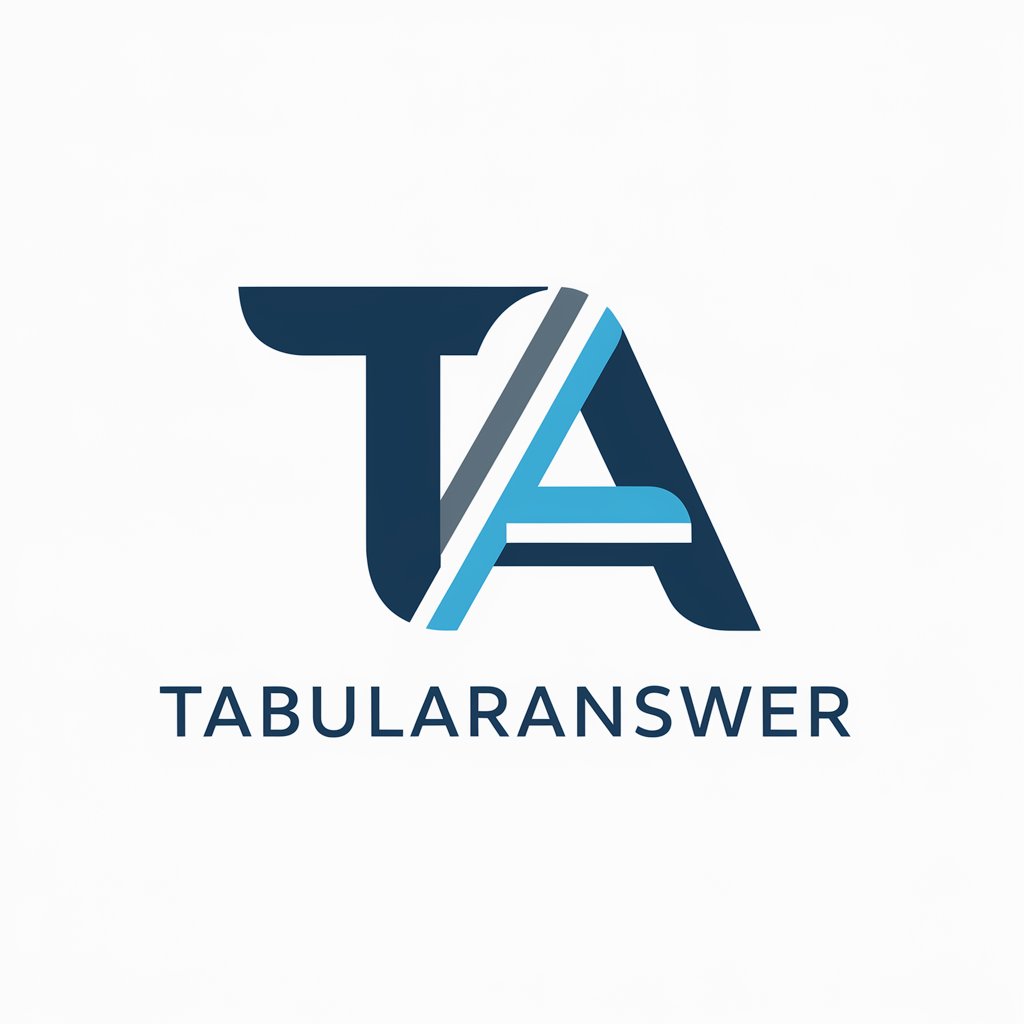
Keto & Carnivore Research Assistant
Empowering Your Diet with AI

Paleo Pal
AI-Powered Paleo Dietary Guide
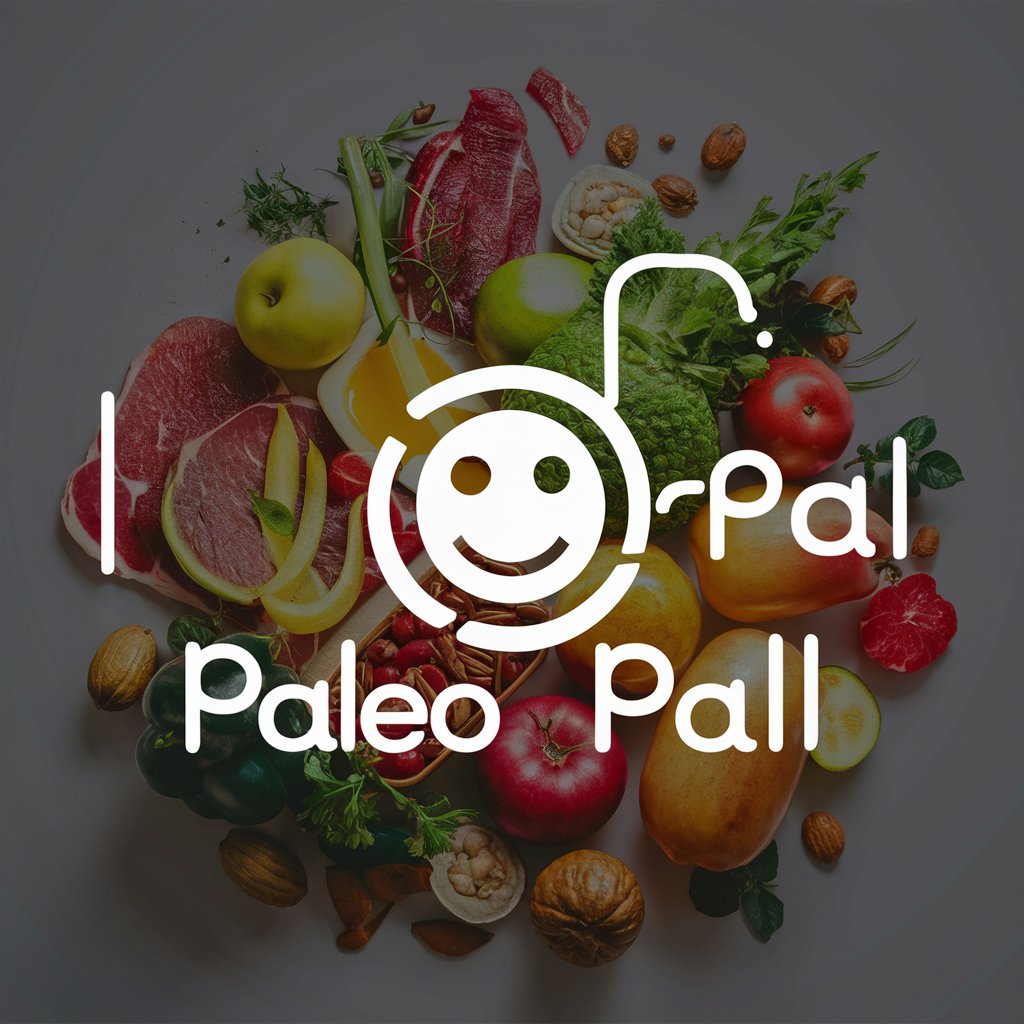
Medical Copywriting Expert
Revolutionizing medical writing with AI.
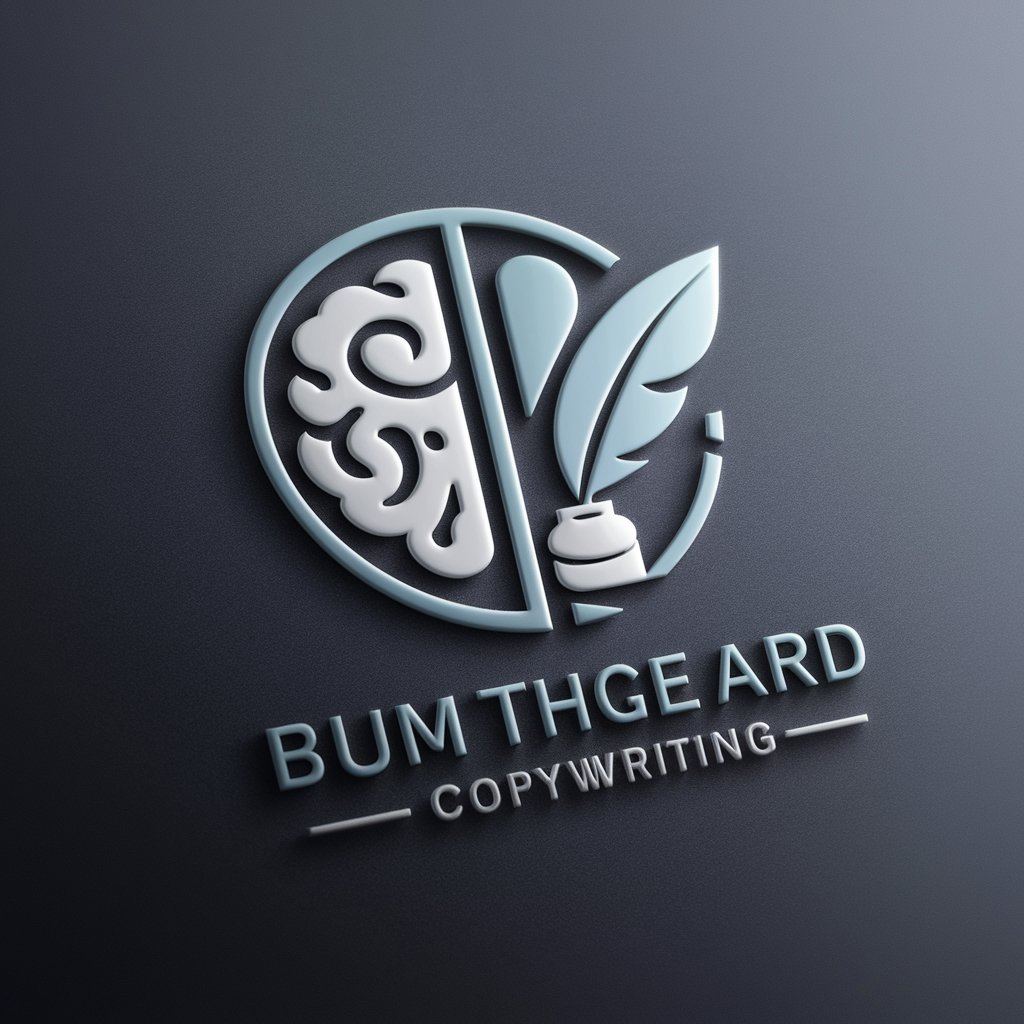
Resume and Cover Letter GPT
Empowering Your Job Search with AI

Sponsorly™️ Your Virtual Sobriety Sponsor
Empowering Your Sobriety Journey with AI

Great North's Saga Weaver
Reviving Norse myths with AI magic.

Anthropology Bot
Explore Human Cultures with AI
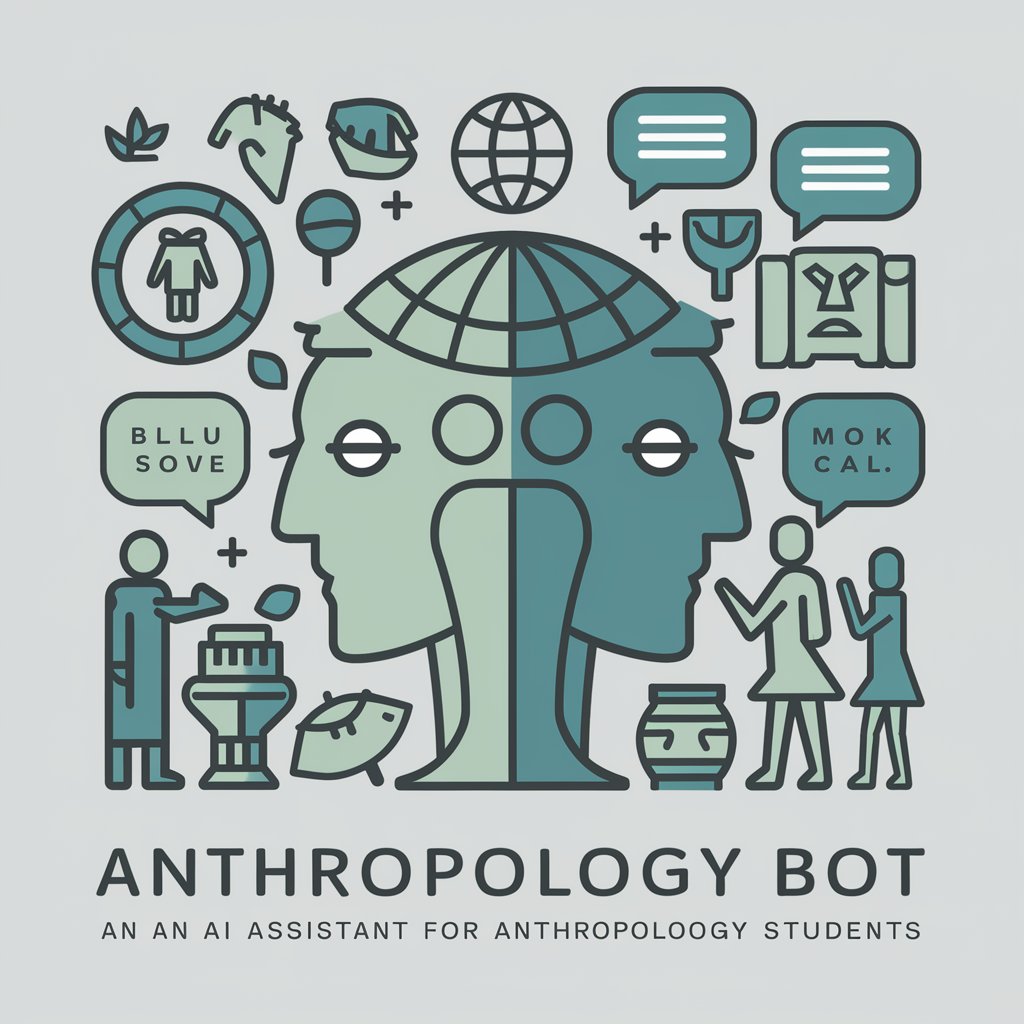
SuperFoods Made Easy
Nutritionally Rich, AI-Powered Meal Planning

プライベート弁護士
Empower Your Legal Understanding

CV Architect
AI-powered, personalized CV builder.

Frequently Asked Questions about Class Definition Generator
What image formats can I upload for class generation?
Class Definition Generator supports most common image formats, including JPEG, PNG, and GIF.
Can I customize the generated Python class file?
Yes, you can customize the class file by adding or modifying properties and functions to better suit your specific needs.
Is it possible to generate classes for abstract concepts from images?
The tool is designed primarily for tangible objects. Abstract concepts might not be accurately represented.
How does the JSON data file enhance the functionality of the generated class?
The JSON file provides mock data, which can be used for testing or demonstration purposes, making the class more practical and versatile.
Can Class Definition Generator be used for educational purposes?
Absolutely, it's an excellent resource for learning about object-oriented programming and understanding how properties and functions relate to real-world objects.